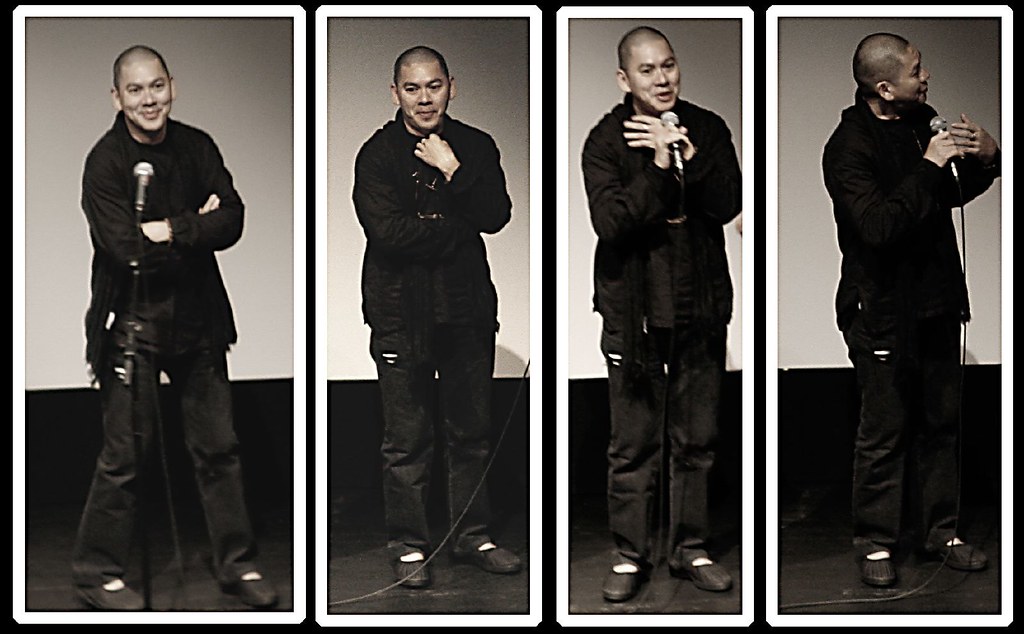TIFF - DAY5
I don’t want to sleep alone (Hei Yan Quan)
Man is Tsai Ming-Liang an awesome director. Back again with another absurd-comedy feature, I guess the only director who’s movies makes people leave the theater (even in TIFF!).
Last year I was able to catch his “Wayward Clouds” a porno-art house movie (which doesn’t describe it at all, as his movies are genre-breaking or rather anti-genre) which snatched the Silver Bear at last years Berlin film fest.. The last sequence of Wayward clouds was so brutal and intense/shocking that people flocked to the exits of Ryerson theater like birds running away from fire. However as always if you survive the intensity, there’s always a cathartic poetic/subtle reward.
Last night the same thing happened although on a smaller scale, folks felt uncomfortable with his brutal depictions of awkward everyday life-situations which totally creates uneasy moments for North American audiences, who are not used to see bodily contacts in a non-gay sense.
Commissioned by the “MOZART'S VISIONARY CINEMA: NEW CROWNED HOPE” program, the films follows a mute and homeless “Lee Kang-sheng” through the streets of
The third point of the love triangle is Chyi (Tsai regular Chen Siang-chyi) who’s a waitress and nurses her boss’s paralyzed husband (and later on forced to do things in a sequence that allegedly caused some crew members to opt not to work with Ming-liang again!) .
The prevalent Ming-liang elements are dominant as always: water (I asked him after the movie why he’s always so fascinated with water (like his previous movies The Hole, The River, etc) and he cleverly avoided my question with a vague/philosophical reply “because it’s there”), isolation (scilence), alienation (Lee’s mute and other characters barely talk to each other), buildings, natural catastrophes (this time Haze resulting from Indonesia’s forrest blaze) and strange objects (mattress/building wrecks).
Style wise, he implements the same torture-some long shots, with characters lazily moving around the screen, depicting daily routines in real time (something Lee has mastered and does it so wonderfully with his body).
The movie is full of metaphoric scenes which emphasize the loneliness, alienation and isolation of today’s life in the modern world (reminiscent of Antonioni’s works) and are contrasted with the humanly scenes which show how Rawang cares about Lee without having any expectations. There’s a scene where Lee and Chvi are trying to have sex with their Haze-protecting masks but fail due to constant coughing and it’s so telling and clever that shows how amazingly Ming-liang has captured the essence of cinema, humans who can’t interact sexually/physically(talk) or mentally.
The movie finishes with a typical Ming-liang scene where all the important characters (love triangle) float on the mattress, and Motzart’s music floats on the screen singing about love and compassion.
Ming-liang mentioned how during shooting this film he was healed (by going back to his motherland
Another stunning work by a gay philosopher who understands the man-woman relationship and gender dynamics better than any heterosexual director.



0 Comments:
Post a Comment
<< Home